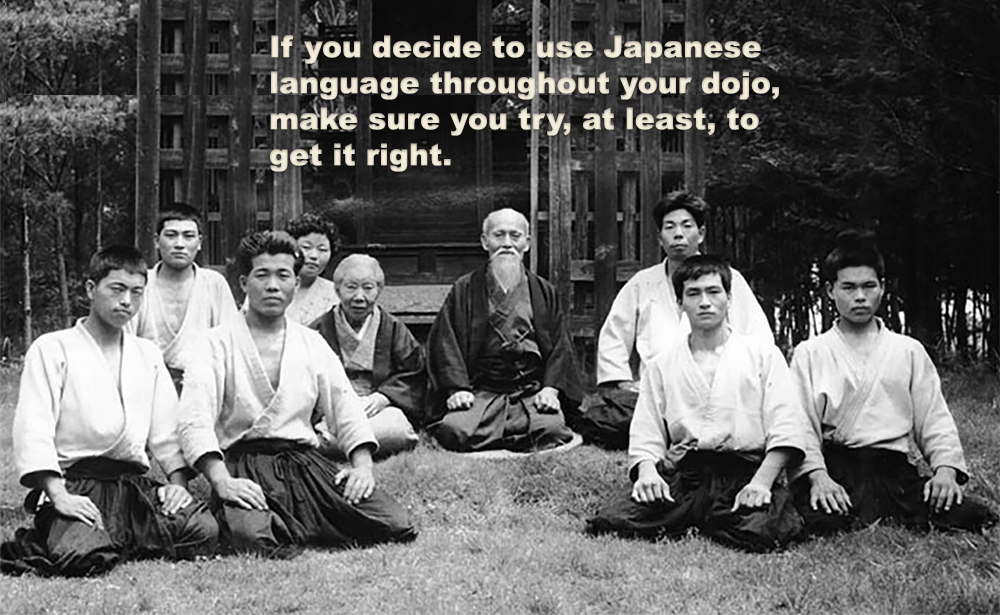
If you decide to use Japanese language throughout your dojo, make sure you try, at least, to get it right.
Posted by ADAM CARTER on NOV 19, 2022

If you decide to use Japanese language throughout your dojo, make sure you try, at least, to get it right.
Karate has an Okinawan/Japanese cultural background, thus it is common to use Japanese terminology and cultural characteristics in the dojo. It’s important that if someone uses Japanese terms that this someone is using them right and knows what they are saying.
In every field of interest, there is a certain risk in using technical terms. If two people communicate with a different understanding of the same technical term they may think they understand each other while in fact they are at cross-purposes.
The most common of the misunderstandings within karate has to be the term “Uke”, usually translated as a “block”. If you understand the actual translation, to “receive”, it can change the whole concept of the technique.
For those with very little interest in the historical and cultural side, you can probably get away with just some basic technique names that will help with recognition if you go to other dojo, and then go deeper in to the translation for the students who do have a genuine interest.
Not teaching an English (or local language) equivalent at all, seems pretty silly to me though, as even if you do intend to mainly use Japanese terminology in your explanations, the students will still need to learn what they actually mean.
There is value in a common worldwide terminology. For karate, Japanese has provided that terminology, so it’s important to be aware of those terms if you are seeking to interact with other martial artists around the globe. Unfortunately that same terminology can sometimes get us hung-up on what the technique is actually used for.
When the Japanese began to spread karate worldwide, they did so using the Japanese language. This was generally the only language they spoke, which did help create a universal language for modern day karate teaching, certainly a positive thing when spreading an art far and wide. The problem comes in the lack of understanding from non-speaking Japanese resulting in mistranslations, mispronunciations and misspellings.
Am I saying that you need to speak Japanese in order to learn what many recognize as a Japanese art? Certainly not. If you are in Japan (or Okinawa) for any length of time and learning from a Japanese speaking master, then you would be wise to speak more than just Japanese terminology. Knowing the Japanese names for techniques, does not automatically make you better at executing or understanding that technique. But it at least helps a little if you try to get the language right.
It’s generally better, in my view, to explain concepts to people in the language they best understand. So I would explain ideas in English, but I attach the Japanese or Okinawan label due to the fact it is the accepted terminology.
If you decide to use Japanese language throughout your dojo, make sure you try, at least, to get it right.
It is Tsuki Waza but Oi Zuki, Tachi Waza but Zenkutsu Dachi, Keri Waza but Mae Geri, etc.
So make sure the syllabus hanging on the wall doesn’t say “GERI Waza” (Geri on its own means diarrhea), or you will look a bit of an idiot.
